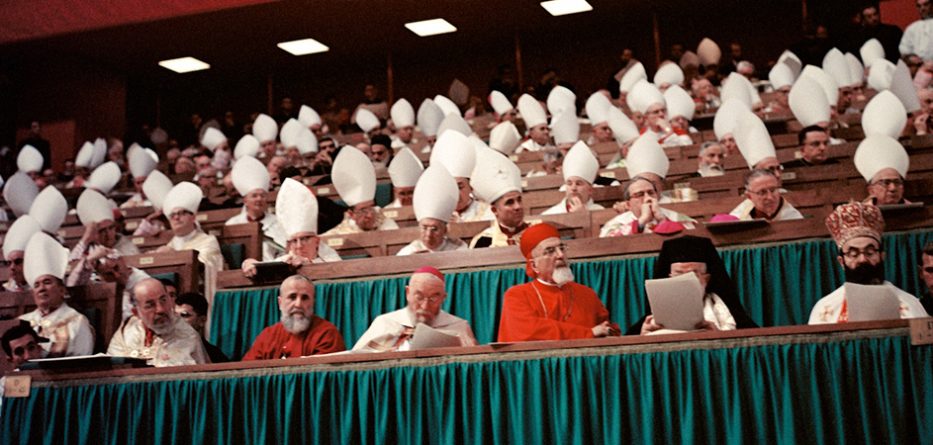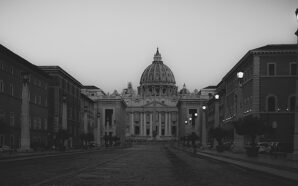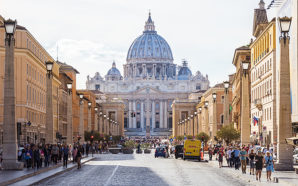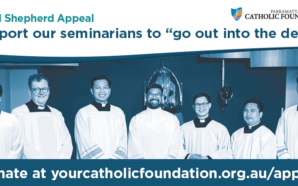Last Friday, I began a review of the new Oxford Handbook of Vatican II, edited by Massimo Faggioli and Catherine Clifford, focusing exclusively on the opening section of the book, which serves as a kind of frame for understanding Vatican II. Today we focus first on the painting in the frame, the event that was the council and the texts that it produced, followed by a brief examination of the handbook’s thorough treatment of the reception of the council.
If the first section warranted a more detailed examination of each chapter, for the book’s second section, “The Council Documents,” it is enough to mention the highlights. Unsurprisingly, Richard Gaillardetz’s chapter on the ecclesiology of Vatican II is exceedingly well done. He sets forth some of the important antecedent documents and events that made “the freshness of Vatican II’s deliberations and principal teachings” possible. He relates the prior conciliar discussion of the liturgy to the resulting liturgico-sacramental foundation of the ecclesiology found in Lumen Gentium as well as the missionary nature of the church, which would become so central a theme in the post-conciliar landscape. Anyone familiar with Gaillardetz’s work on authority will find it set forth concisely here, and how these developments were made possible by the retrieval of a theology of the local church from the ressourcement theologians.
The chapter on revelation, from Australian Jesuit Gerald O’Collins, is similarly masterful. I count less than a dozen paragraphs in the entire chapter that are not underlined, asterisked or dog-eared in my copy. These two sentences strike precisely the kind of thoughtful, balanced treatment characterizes the whole: “In worship and life, revelation continues as an actual encounter with God. But this living dialogue adds nothing to the core of the divinely revealed truths, which essentially amount to Jesus Christ crucified and raised from the dead, along with the coming of the Spirit.”
The next section of the book shifts to the complex issues of receiving the council and it opens with a chapter on the theology of reception from Laval University’s Gilles Routhier. If you could only read one chapter in this volume, I would recommend Routhier’s. He makes an argument that, once it is made, seems self-evident but that I have never read before, namely, that the council was itself an act of reception, “reception of Scripture, reception of the creed, reception of the teachings of previous councils, reception of magisterial teachings, reception of the customs and traditions that make up the heritage of the different churches within their cultural context, and so on.” Of course, that is correct, and it takes much of the wind out of the sails of those who reduce arguments about proper hermeneutics to bumper sticker slogans.
To continue reading this article, click here.
Michael Sean Winters is the author of Left At the Altar: How Democrats Lost The Catholics And How Catholics Can Save The Democrats (Basic Books, 2008). His biography of the Rev. Jerry Falwell, God’s Right Hand: How Jerry Falwell Made God a Republican and Baptized the American Right was published by Harper One in January 2012 to critical acclaim.
With thanks to the National Catholic Reporter (NCR) and Michael Sean Winters, where this article originally appeared.








